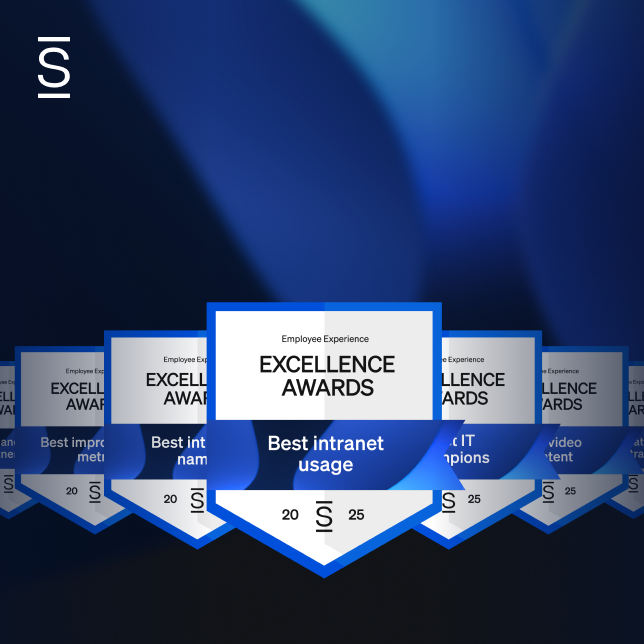We’ve been spending a lot of time lately focusing specifically on the benefits of employee engagement and how intranets are at the heart of various employee engagement technologies. Clearly, we aren’t the first to talk about employee engagement, but it is important that internal communications professionals and corporate intranet administrators alike can recite employee engagement benefits right off the bat. This helps us all speak at a strategic level and reminds us of the outcomes we’re trying to achieve. That’s why the Simpplr Blog has spent so much time discussing exactly what is employee engagement and why it’s important.
So why is employee engagement important for organizations?
Here are five ways employee engagement helps businesses:
A focus on employee engagement helps connect distributed employees
This is a chicken and egg situation, but it’s undeniable that engaged employees have stronger internal company networks. Engaged employees are your go-to colleagues everyone turns to for help because they are most likely to find and connect you with experts immediately.
As intranet professionals, we are ultimately trying to connect our increasingly distributed workforce across locations and departments to nurture these networks. You invest in software like a modern intranet to help nurture connections which drive and improve employee engagement. But it’s a two-way street: you also need to invest in culture and engagement to help employees make important connections easier.
Employee engagement reduces employee churn and turnover
In Simpplr Research’s often referenced panel on employee engagement and how it relates to public Glassdoor reviews (You can download the infographic here), we saw a staggering difference on ‘how likely employees are to leave their job’ based on the top third and bottom third of Glassdoor-rated companies: Those in the bottom third are 5 times more likely to leave their job! This is an important insight that will get your management’s attention.
Engaged employees are in more lockstep with goals, strategy, and strategic priorities
The same study referenced above also found an intriguing insight into the importance of employee engagement. When we surveyed hundreds of employees and asked what’s important to them, the usual suspects appeared.
Employees want:
- a strong sense of community
- to be proud to work for the company and what it stands for and
- to be appreciated and/or feel useful
All of these are important and should be a focal point for employee intranets and internal communications. But one of the most fascinating insights we found was around employees that could recite goals and corporate priorities. Even though employees don’t realize this is important for themselves, we found that those who can comfortably recite strategic priorities are twice as engaged as those who can’t. Clarity is important for employee engagement.
Improved employee engagement drives better customers experiences
Tons of research has popped up on this topic over the past five years. For example, this recent infographic says that companies with highly engaged employees outperform competitors by 147% and those who invest in employee experience are four times as profitable as those that don’t. The primary driver of good customer experiences are employees, especially those on the frontline. We’ve also researched this extensively. (Download our eBook on How Employee Engagement Improves Customer Experiences).
Bottom-line, if those important, frontline employees aren’t engaged, they deliver poor customer experiences. That should trouble companies with commoditized products or services.
Employee engagement drives immeasurable productivity and innovation goals
Every year when Gallup’s engagement survey tells us that 70% of U.S. employees are not engaged (and roughly a third of employees are actively disengaged subverting organizational progress), executives can’t help but think about what that means to productivity. Immediately the mind questions: How much time are these employees wasting online? How many employees are coasting into work around 10 am and leaving at 4? Let alone: Are employees proactively taking on new, important responsibilities? Or are they dreaming up new innovations that will make us better?
Truth is, this measure is really hard to quantify, but at the same time, it’s common sense to understand that even a slight increase in employee engagement scores should provide tremendous ROI on productivity and important innovation.
How a modern intranet can improve employee engagement
Employee engagement is a broad topic and can be discussed in many ways. Simpplr Research has helped us understand the consequences from a business standpoint and how they adversely impact the bottom line. Along with our research, we also believe that modern intranet software can enable organizations to connect distributed employees. This is important because it is critical to fostering employee relationships, which consequently drives employee engagement.















